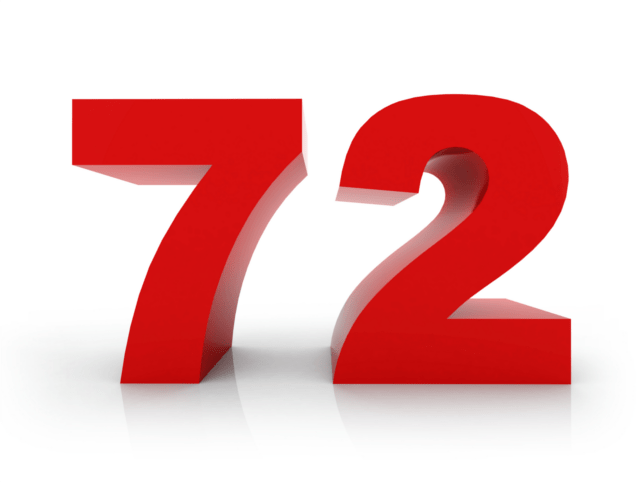How long will it take to double an investment?
There are several calculations used to approximate the time required to double your principal. A fixed rate of return yields an easy approximation to determine the number of years required for an investment to double.
Rule of 72
The rule of 72 is a simple approximation to determine the number of years required before an investment will double. To calculate the number of years, divide 72 by the compound annual interest rate. The interest rate should be a whole number. For example, if the compound annual interest rate is 4%, it should be entered as a whole number representing 4%, not as a decimal or 0.04. The rule of 72 dictates that a 4% return would require 18 years to double the initial investment. The calculation is simple: 72/4 = 18. The rule of 72 does not consider the amount of the initial investment and should be used as a rough approximation.
The approximation should be used not as a steadfast calculation, but as a quick, back-of-the-envelope assessment of risk. The larger the number of years to double an investment, the less likely the investment is to be risky. However, there may be a better place to invest your money. An example is today’s current money market rate. As of May 26, 2016, Bankrate found the highest annual percentage yield of 1.11%. This investment is relatively safe, but may not give the best return. Bankrate also found several 5 Year Jumbo CD rates with a return of 2.15%.
Based on the rule of 72, a 2.15% return will take 33.49 years to double, whereas a 1.11% return will take 64.86 years. Though the Jumbo CD provides a better rate of return, the invested money is locked in this investment vehicle for a minimum of 5 years. The money market rate is liquid and can be accessed at any time. Again, this calculation should not be the only method used to determine risk, but it can be used for a quick assessment of an investment’s risk profile.




